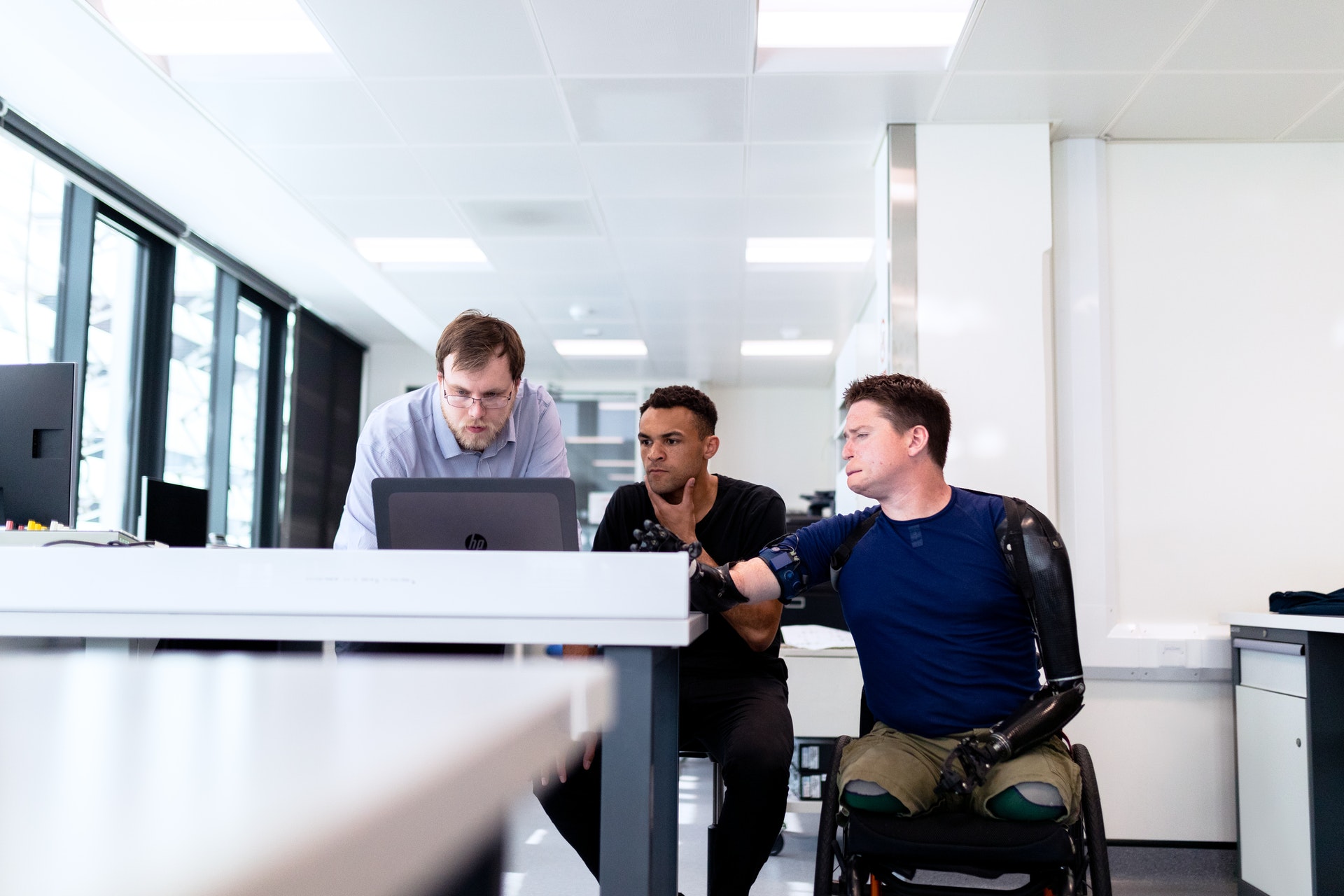According to Microsoft’s chief accessibility officer, the greatest challenge about including employees with disabilities into your diversity and inclusion strategy is this: getting started.
“I think the most important thing with disability is to start,” said Jenny Lay-Flurrie, chief accessibility officer at Microsoft. “People worry about starting. I would say get on that journey, get going.”
It is “very important” to really start to manage and measure where you are in terms of accessibility and inclusivity of your workplace environment, she said. This includes the equipment and systems used for work.
Then, you can start having conversations with people about “raising the bar” on accessibility, whether it has to do with your physical office or digital systems.
READ MORE: Microsoft chief: How to treat employees with disabilities better
“Remember that buildings are just as important at empowering people with disabilities…as the digital and information landscape,” she said, during her keynote speech at the Inclusive Business Forum.
“The types of obstacles you will get is people not understanding how important it is [or] the impact it can have. And if people start saying, ‘How many people is this really going to impact?’ I would say this is not about that.

“This is about inclusion or exclusion — and do you want to exclude? Because without accessibility, you will exclude. And that is a really important principle and something I have used a lot over the years.”
Tips on inclusive hiring
Besides working on improving the organization’s existing infrastructure, it’s also crucial to practise inclusive hiring.
She shared that when she first joined Microsoft, she “really got involved” with this through her own disability. She then gave some tips for other leaders to do the same.
“The first is to see disability as the talent pool,” she said. “The second is to build your business case. And the third is to have the right conversations with the right people.”
READ MORE: Hiring people with disabilities: What you need to know
Microsoft did that with the autism hiring programme in 2015, she said. The initiative was an idea from three individuals, including herself.

“Two of us are parents of kids with autism, so we could see the talent,” she said. “We can also see that there was a very high number of individuals with autism with two to four year degrees who were not getting into the right level of employment.”
Many of these talents have STEM backgrounds, she said, so they sought out the right data, built the “best” business case, and decided to start a pilot. Then, they spoke to their bosses. The programme is now used at several divisions of Microsoft.
“It’s about being strong, but really also thinking about this as building a talent pool and as a business case,” she said.
This report by Human Resources Director was first published Sep 3, 2020.
Nurhuda Syed
Source: hcameg
If you want to know more about disability inclusion in your company, read the Why & How’s here.

